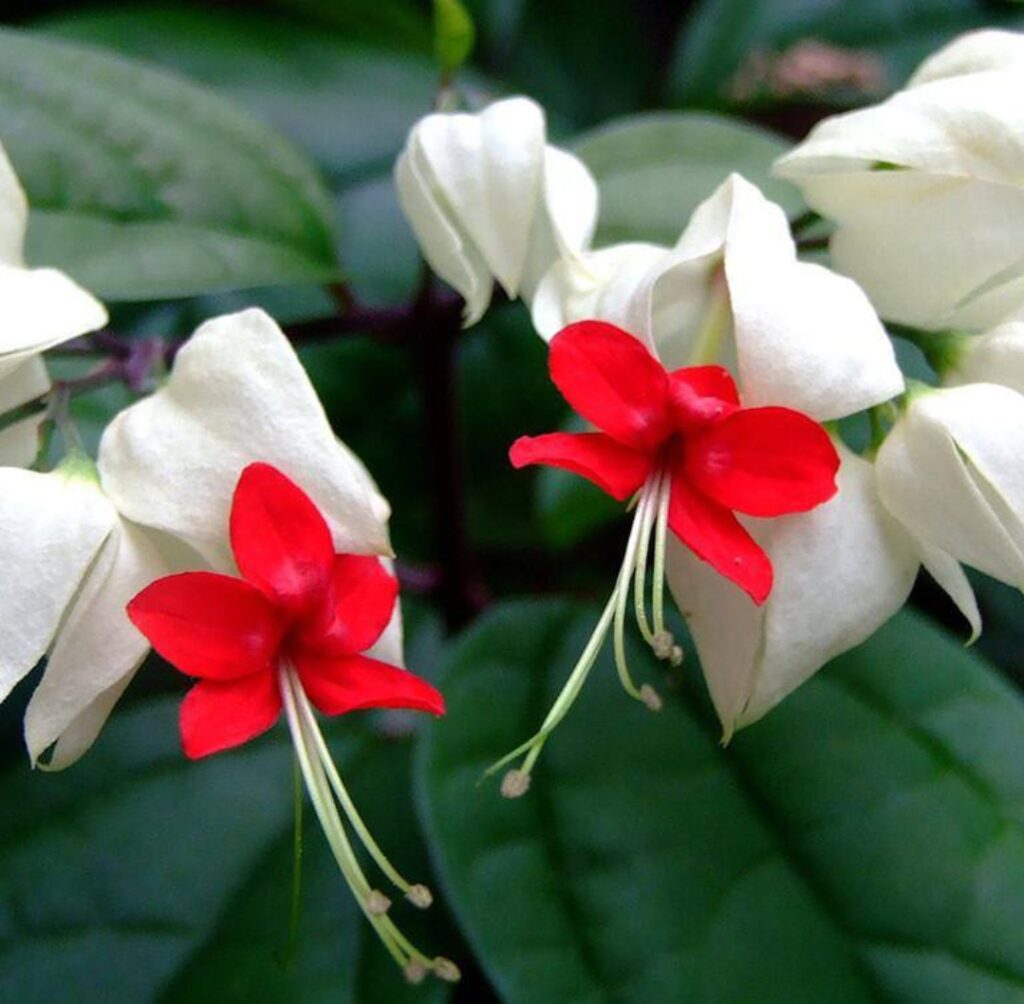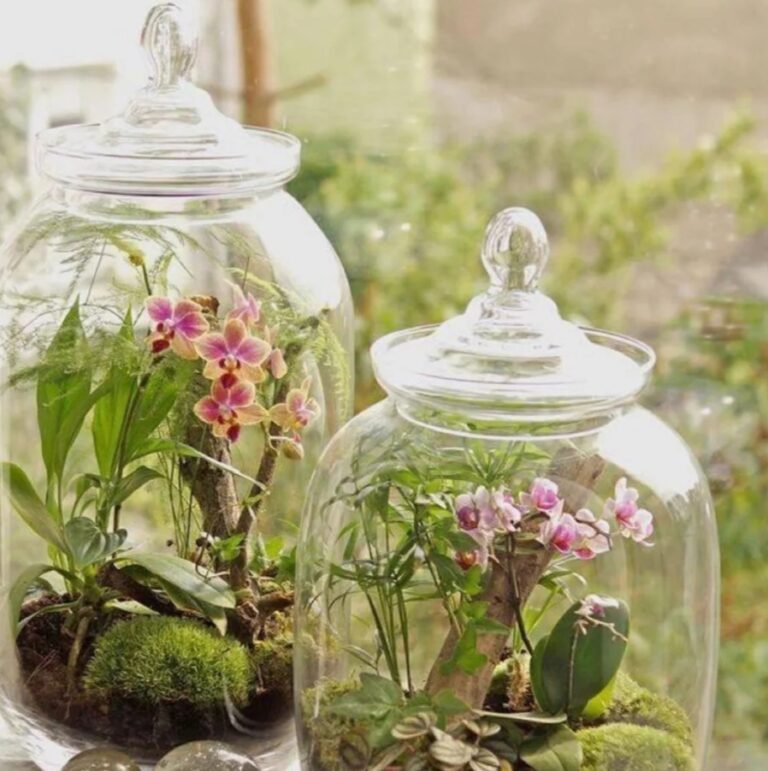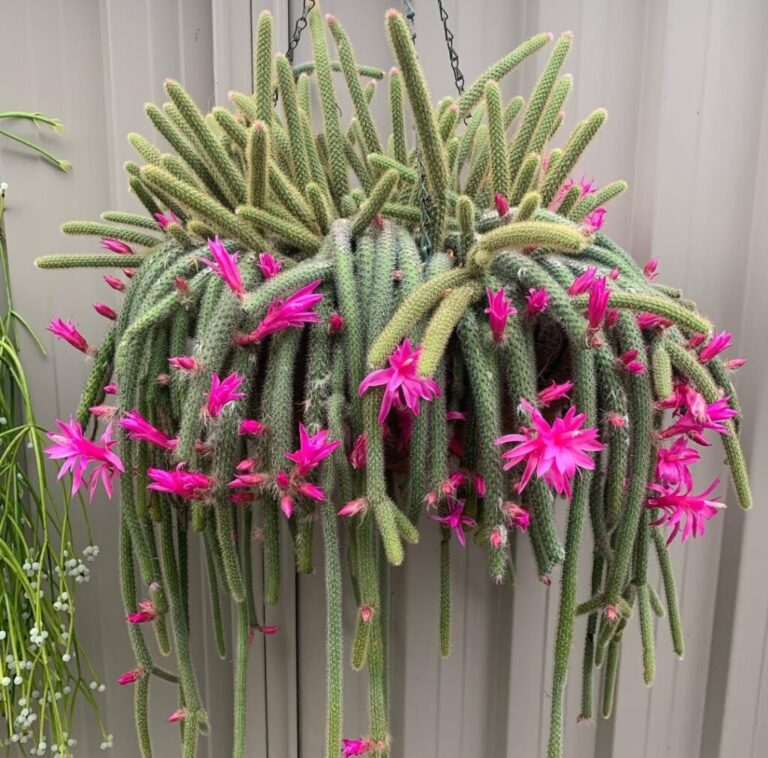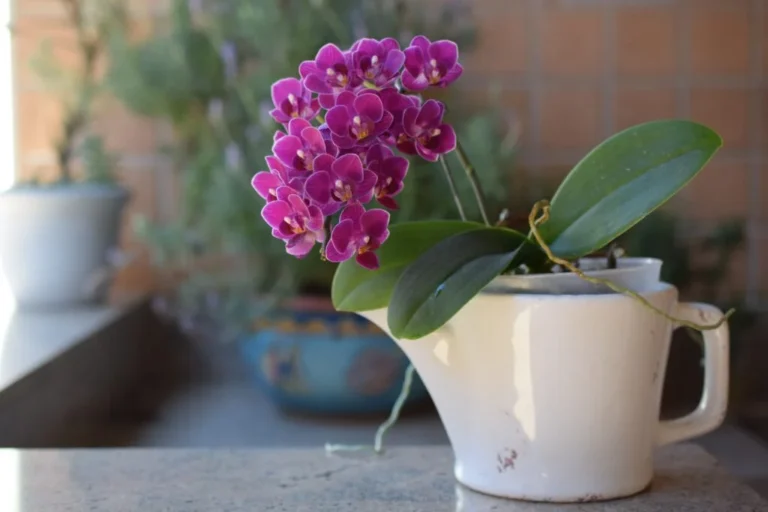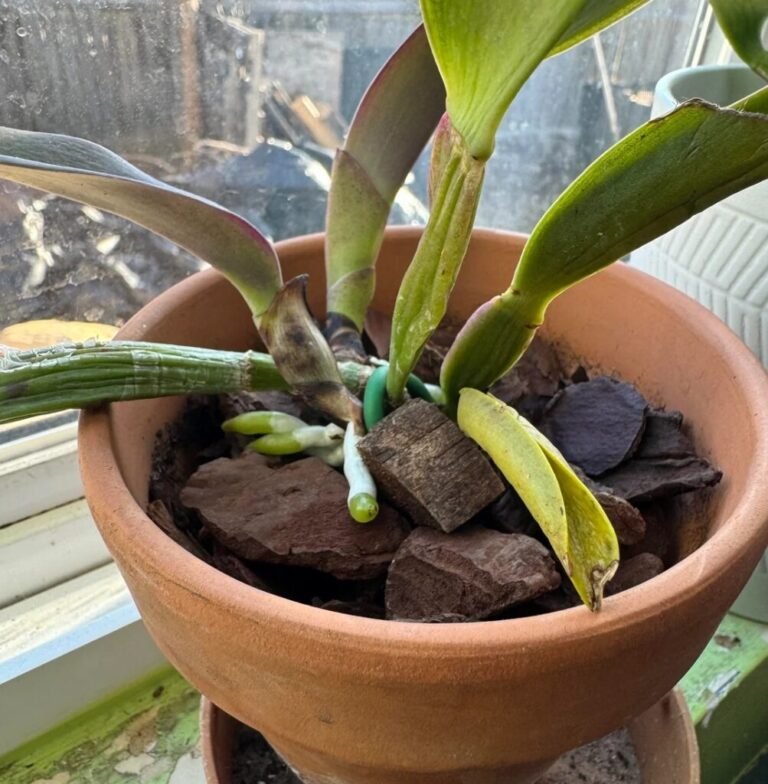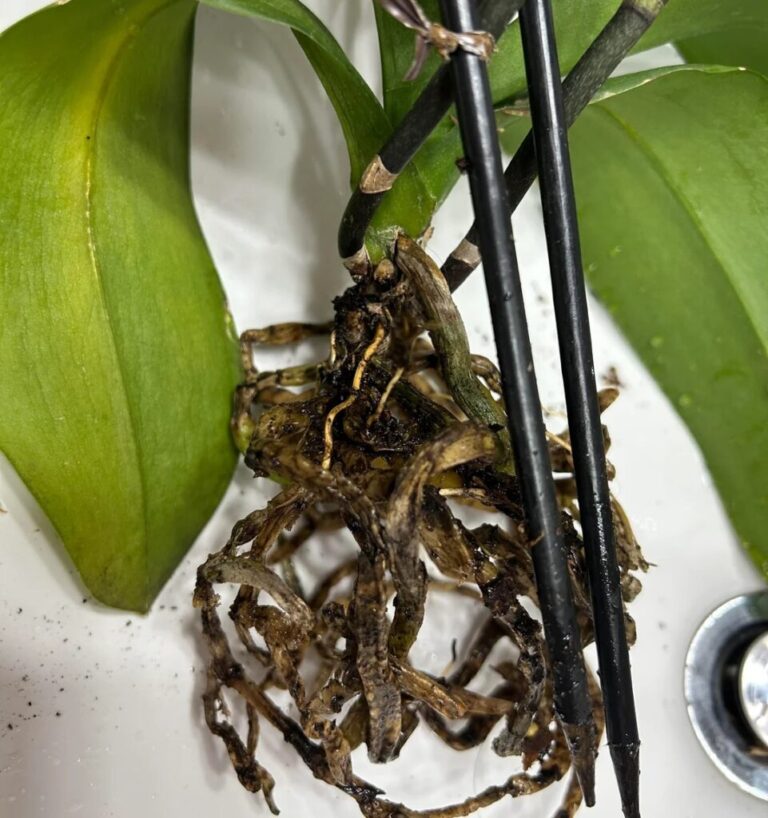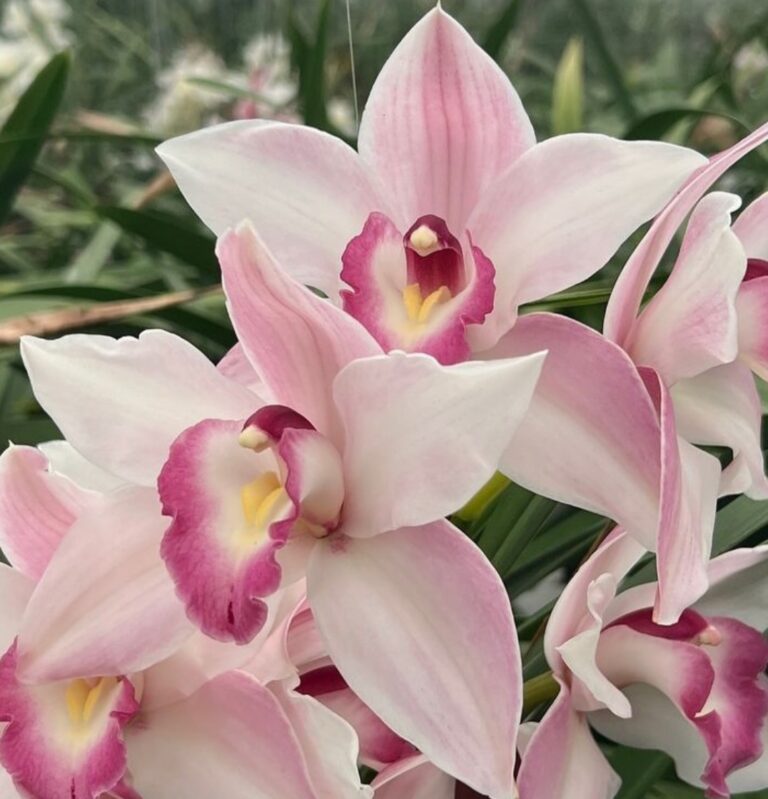The bleeding heart vine (Clerodendrum thomsoniae) is a breathtaking tropical climber known for its striking white and red flowers that resemble a bleeding heart. This vine is loved by gardeners for its long-lasting blooms, ease of care, and ability to climb trellises, fences, and walls with grace.
Whether you’re a beginner or an experienced gardener, the bleeding heart vine is a rewarding plant to grow. In this comprehensive guide, you’ll learn everything you need to know about planting, caring for, and troubleshooting issues with this stunning vine.
- 1 What Is the Bleeding Heart Vine?
- 2 Choosing the Right Location
- 3 Soil Requirements
- 4 Watering Schedule
- 5 Temperature & Humidity Needs
- 6 Fertilizing for Optimal Growth
- 7 Pruning and Training the Vine
- 8 Common Problems and How to Fix Them
- 9 Propagating Bleeding Heart Vine
- 10 Step-by-Step Propagation Guide
- 11 Winter Care: How to Protect Your Bleeding Heart Vine
- 12 Why You Should Grow a Bleeding Heart Vine
What Is the Bleeding Heart Vine?
The bleeding heart vine, also called glory bower or bagflower, is a fast-growing, evergreen climber native to West Africa. It belongs to the Lamiaceae family, the same family as mint and lavender.
This vine is often confused with the bleeding heart plant (Dicentra spectabilis), which is a perennial that grows in cooler climates and produces pink, heart-shaped flowers. Despite their similar names, they are completely different plants.
The bleeding heart vine produces clusters of flowers with white, balloon-like sepals and deep red petals that resemble a drop of blood, giving it its common name. The flowers bloom repeatedly throughout the year in warm climates, attracting hummingbirds and butterflies.

Quick Facts
| Feature | Details |
|---|---|
| Scientific Name | Clerodendrum thomsoniae |
| Common Names | Bleeding Heart Vine, Glory Bower, Bagflower |
| Plant Type | Evergreen climbing vine |
| Native To | West Africa |
| Flower Colors | White sepals with red petals |
| Sunlight Needs | Bright, indirect light to partial sun |
| Soil Type | Well-draining, fertile soil |
| Toxicity | Mildly toxic if ingested |
Choosing the Right Location
Selecting the right location is crucial for healthy growth.
Outdoors: Place it in a partially shaded area where it gets morning sun but is protected from harsh afternoon rays.
Indoors: Keep it near a south- or east-facing window where it gets bright, filtered light.
If grown outdoors, bleeding heart vine performs best in USDA zones 9–11. In colder zones, grow it in a container and bring it indoors during winter.
Soil Requirements
The bleeding heart vine thrives in well-draining, fertile soil.
Best Soil Mix:
50% garden soil
25% compost or organic matter
25% perlite or sand for drainage
Ideal pH: Slightly acidic to neutral (6.0–7.0).
A rich, organic soil will encourage faster growth and more abundant blooms.
Watering Schedule
Watering is a key factor in keeping your plant healthy.
Keep the soil moist but not soggy.
When the top inch of soil feels dry, water. In winter, cut back on watering to avoid root rot. Make sure the pot has adequate drainage to prevent overwatering.
Temperature & Humidity Needs
Since this is a tropical plant, it prefers warm temperatures and high humidity.
Ideal temperature: 65–85°F (18–29°C).
Minimum temperature: 50°F (10°C) – anything lower can cause leaf drop.
Humidity: Above 50%. If growing indoors, mist the leaves or place a humidity tray nearby.
Fertilizing for Optimal Growth
To encourage blooming and healthy foliage, feed your plant regularly.
During the growing season (spring to summer): Use a balanced liquid fertilizer (10-10-10 or 20-20-20) every 2–3 weeks.
To boost flowering: Use a phosphorus-rich fertilizer (such as 10-30-10).
During fall and winter: Reduce feeding to once a month or stop altogether.
Pruning and Training the Vine
Regular pruning helps keep your bleeding heart vine manageable and encourages bushy growth.
Before new growth begins, prune in the early spring.
Remove dead, weak, or overgrown stems to maintain shape.
Train the vine on a trellis, fence, or arbor to support its climbing habit.
Common Problems and How to Fix Them
Problem Cause Solution
Common Problems and How to Fix Them
| Problem | Cause | Solution |
|---|---|---|
| Yellowing leaves | Overwatering, poor drainage | Allow soil to dry slightly between waterings; ensure good drainage. |
| No flowers | Lack of sunlight, too much nitrogen | Move to a sunnier spot; use a bloom-boosting fertilizer. |
| Leaf drop | Sudden temperature changes | Keep temperature stable and avoid cold drafts. |
| Pests (aphids, spider mites) | Dry air, weak plant | Increase humidity, wash leaves with insecticidal soap. |
Propagating Bleeding Heart Vine
Step-by-Step Propagation Guide
Take a Cutting: Choose a healthy, 4–6 inch long stem with at least two leaves.
Get the cutting ready: Take off the lowest leaves and apply rooting hormone to the cut end.
Plant It: Place the cutting in a small pot filled with moist, well-draining soil.
Create Humidity: Cover the pot with a plastic bag to retain moisture.
Keep Warm: Place it in bright, indirect light and maintain humidity.
Wait for Roots: Roots should develop in 3–6 weeks.
Once the roots are strong, transplant the young plant into a larger pot or directly into the garden.
Winter Care: How to Protect Your Bleeding Heart Vine
If grown outdoors in cold climates, bring the plant indoors before temperatures drop below 50°F (10°C).
In winter, cut back on watering to avoid root rot.
Keep it in a bright, warm spot with adequate humidity.
Why You Should Grow a Bleeding Heart Vine
Stunning Blooms – Its red and white flowers create a striking visual appeal.
Easy to Grow – With basic care, it thrives in pots or gardens.
Attracts Pollinators – Butterflies and hummingbirds love this plant.
Perfect for Trellises – Its climbing habit makes it a beautiful decorative plant.
Can Be Grown Indoors or Outdoors – Adaptable to various settings.
The bleeding heart vine is a low-maintenance yet rewarding plant that can add a unique touch to your garden or indoor space. With the right care, it will flourish and produce stunning blooms year after year.
Fertilizer : Once the plant is actively growing, use a teaspoon of complete fertiliser, such as 14-14-14, or a controlled release fertiliser, and fertilise once every three months.
Pests and deseases :
Although bleeding hearts are comparatively pest-resistant, mealybugs and spider mites can still harm them. Spraying insecticidal soap is usually enough to keep pests under control. Spray again every seven to ten days, or as necessary, to get rid of the insects.
This plant rewards its grower with a consistent cascade of flowers even for beginners and is not particularly difficult to grow. Additionally, it works well in settings like a condominium or a tiny apartment.
